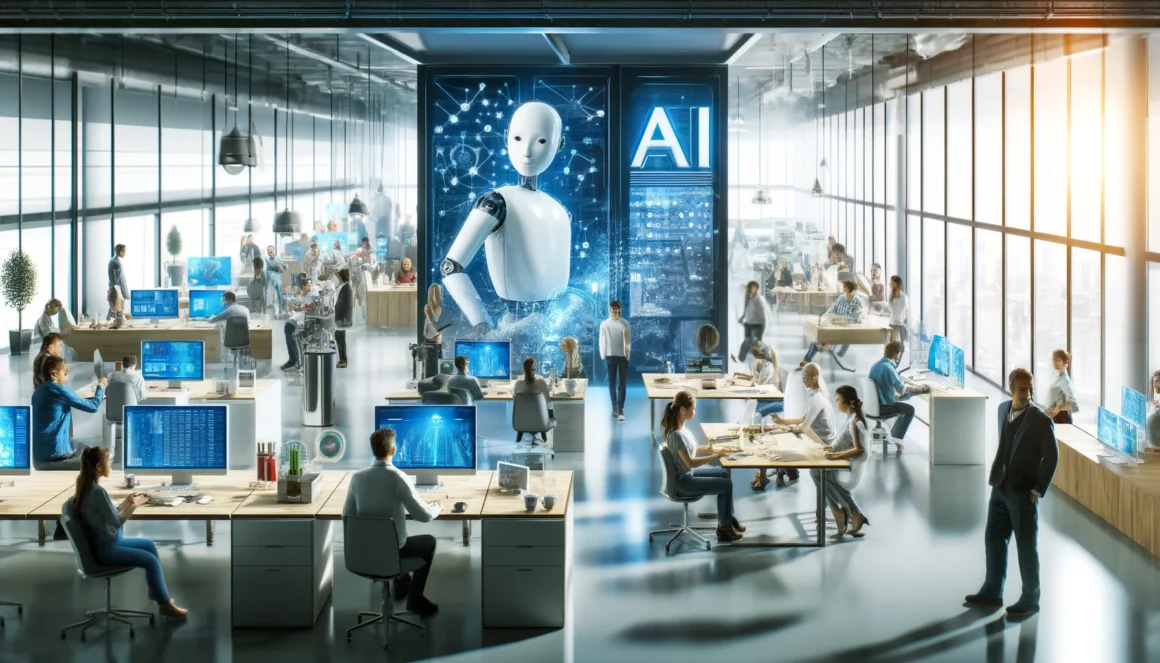In an age where advancements in artificial intelligence (AI) are unveiled at an unprecedented pace, it’s essential to understand both the current landscape and the future trajectory of these transformative technologies. According to a recent article from The Economist, the rapid evolution of large language models (LLMs) like GPT-4, Claude, and Llama exemplifies this ongoing revolution. However, the journey toward AI that surpasses human capabilities involves overcoming significant challenges and exploring innovative approaches.
Exponential Growth and Its Implications
The growth of AI technologies, particularly in LLMs, continues to follow an exponential trend, driven by significant investments and technological advancements. Companies like OpenAI, Anthropic, and Meta are pushing the boundaries with newer models that promise enhanced capabilities and broader applicability. The partnership between OpenAI and Microsoft to build a massive $100 billion data center underscores the immense resources being funneled into AI development.
Challenges at the Technical Frontier
Despite these advancements, the path to AI supremacy is fraught with challenges. One of the most pressing issues is the looming scarcity of high-quality textual data. As The Economist highlights, the reservoir of usable data from the public internet might dry up by 2026, pushing researchers to explore alternative sources such as the private web or synthetic data. Additionally, the complexity of real-world applications often surpasses the capabilities of current models, necessitating continuous innovation in data generation and model training.
Innovations in Hardware and Architecture
To support the ever-growing demands of AI models, advancements in hardware are also crucial. The emergence of specialized chips, like those developed by Cerebras, which integrate substantial memory capacities, marks a significant step forward. These innovations not only enhance the efficiency of AI systems but also open up new possibilities for handling complex, data-intensive tasks.
The Human Brain as a Model for AI
Interestingly, as the limitations of current AI models become apparent, researchers are increasingly turning to the human brain for inspiration. The brain’s ability to process information efficiently and make complex decisions with minimal data suggests that AI could significantly benefit from mimicking these biological processes. Innovations like the Mamba architecture, which processes information sequentially rather than concurrently, represent steps toward more human-like AI systems.
Future Directions: Reasoning and Planning
Looking ahead, the ability of AI systems to perform advanced reasoning and planning is set to be a key area of development. Techniques such as search algorithms, which allow AI to consider multiple potential actions before making decisions, are crucial for applications that require nuanced decision-making. Meta’s development of the Joint Embedding Predictive Architecture (JEPA) is a promising advancement in this direction, aiming to make AI more focused and efficient in handling complex datasets.
The Need for Breakthroughs
While the current trajectory of AI development is impressive, fundamental breakthroughs are necessary for AI to truly exceed human capabilities. As AI continues to evolve, it will not only transform existing technologies but also redefine the possibilities within various industries, from healthcare to finance. The integration of advanced AI systems into everyday applications could eventually lead to innovations that are as transformative as the internet or electricity.
The journey of AI is nowhere near its zenith. As The Economist article emphasizes, while the pace of innovation is rapid, the challenges are significant. By addressing these hurdles and exploring new paradigms, the future of AI holds potential that is only beginning to be unlocked. For technology and solution consulting companies, staying ahead in this dynamic field requires not only tracking these developments but also actively participating in shaping the future of AI.



